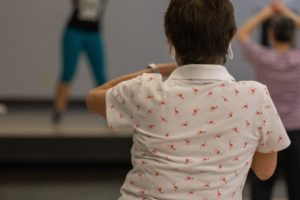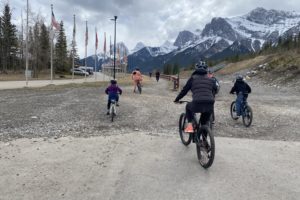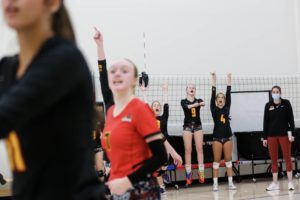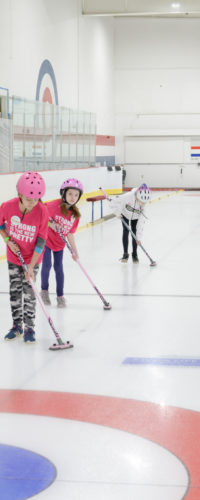Our Vision
We envision a provincial sport, recreation and physical activity system that recognizes equity is fundamental to ensuring women and girls (in all of their diversity) have the opportunity to meaningfully participate, as leaders, coaches, officials, athletes, participants and administrators.
Our Mission
The InMotion Network is an organization that aims to remove barriers for individuals who have been, and continue to be, underserved by our sporting, recreation, and physical activity systems.
Our Commitment to Intersectionality
While our focus is on removing barriers for women and girls, we acknowledge that gender is non binary and just one of the many intersecting categories that contribute to exclusion. We have therefore adopted an intersectional approach, meaning all of our organizational activities and policies account for the ways gender intersects with race, class, sexual orientation, (dis)ability, religion, age and other identity markers to create different forms of discrimination and privilege.



